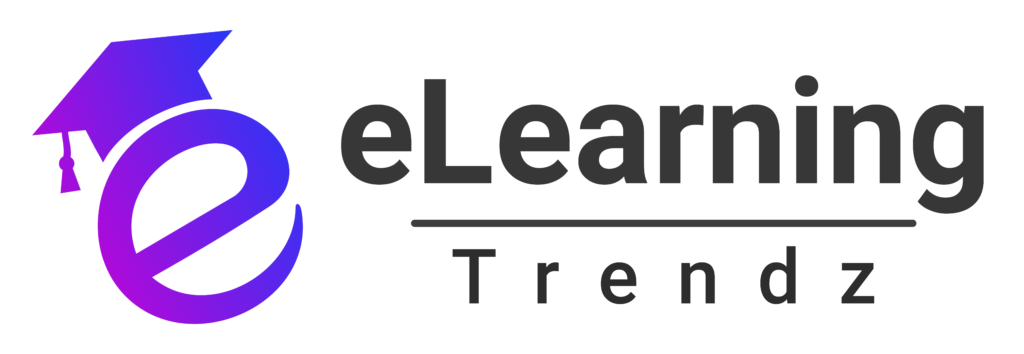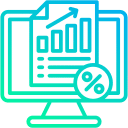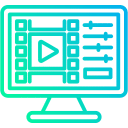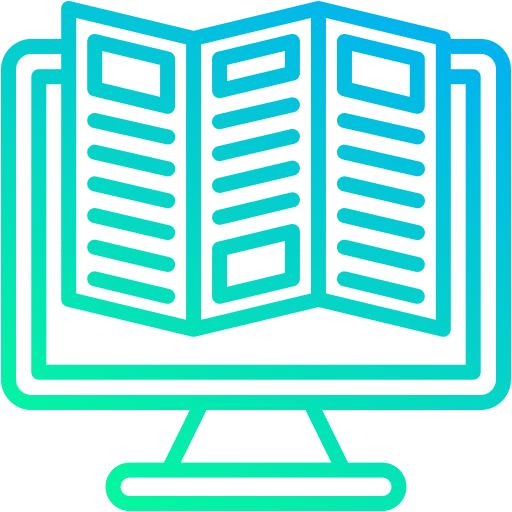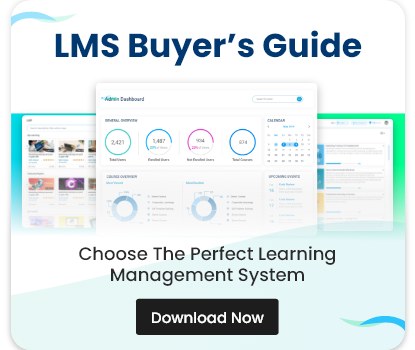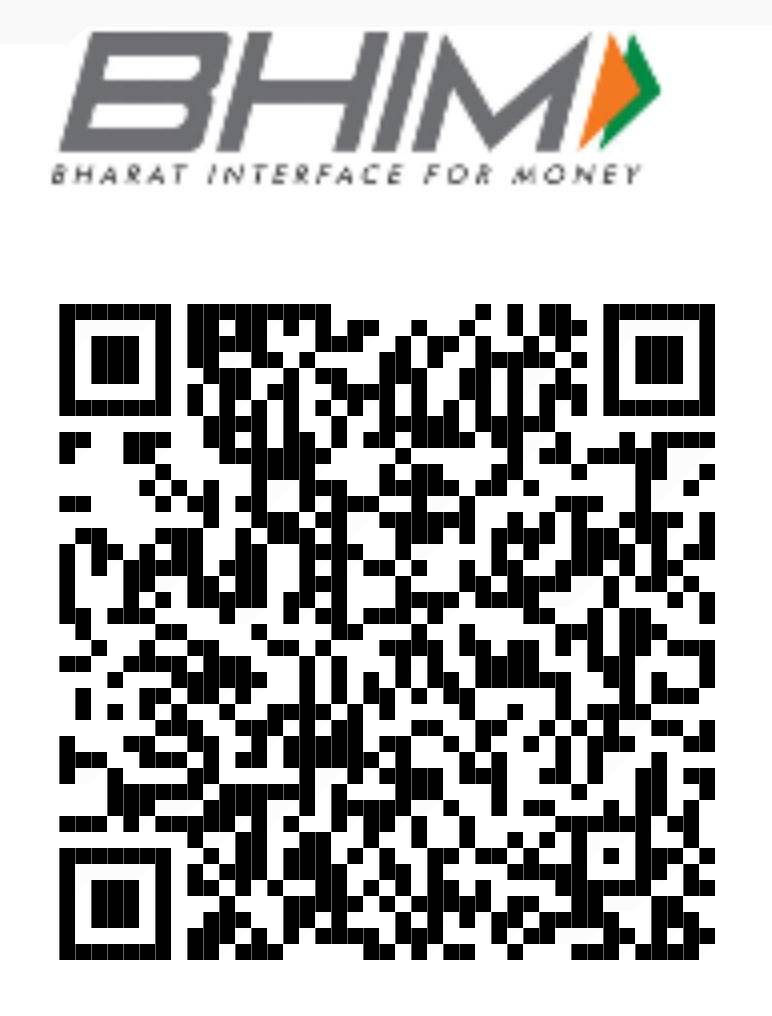What is a Multi-Tenant LMS?
A multi tenant LMS is a learning management system that supports multiple, separate tenants (e.g., clients, subsidiaries, or departments) in one unified system. Each tenant has its own learning environment with unique branding, users, and content. This system enables businesses to efficiently manage training for different clients or business units while ensuring that their data is kept isolated and secure. Whether you’re providing training to internal teams or extending your services to external partners, a multi tenant LMS makes it easier to manage all aspects of your learning program under one roof.
The Power of Multi-Tenant LMS for Managing Clients
Managing multiple clients in one platform can be a daunting task, especially when each client has different learning needs and requirements. With a multi tenant LMS extended enterprise solution, businesses can streamline operations and provide tailored learning experiences for each client while maintaining centralized control. Let’s explore the benefits of using a multi tenant LMS to manage your clients:
1. Simplified Client Management
A multi tenant learning management system allows you to manage multiple clients with ease. Each tenant can be treated as a separate entity, with its own training programs, users, and reports. This means you can offer customized learning paths, certifications, and assessments for each client, while still managing everything from a single dashboard. Whether you’re working with one client or hundreds, a multi tenant LMS makes it simple to oversee all your clients in one place.
2. Cost-Effectiveness
One of the biggest advantages of a multi tenant LMS is its cost-efficiency. Instead of deploying separate instances of the LMS for each client, you can centralize all your learning programs in one system. This reduces overhead costs, simplifies system maintenance, and ensures you are only paying for the features you need. A multi tenant LMS is particularly beneficial for companies that offer training to external clients or partners, as it enables them to provide services at a lower cost while maintaining a high level of customization and control.
3. Customization for Clients
Every client is unique, and their learning needs may vary. With a multi tenant LMS extended enterprise solution, you can customize each tenant’s learning environment. This includes personalized branding, course offerings, access permissions, and even language preferences. Whether you’re using a Salesforce multi tenant LMS or integrating with other tools like Moodle multi tenant integration, the flexibility of a multi tenant system allows you to tailor each client’s learning experience to meet their specific needs, creating a more engaging and relevant training program.
4. Scalability
As your client base grows, so do your training needs. A multi tenant learning management system is highly scalable, allowing you to add new tenants (clients or business units) with minimal effort. You don’t need to worry about deploying new systems or configuring multiple platforms for each new client. Instead, you can easily expand your training programs by adding new tenants within your existing LMS, providing a seamless experience for both administrators and clients.
5. Streamlined Reporting and Analytics
Managing reports and analytics across multiple clients can be a time-consuming task, especially when each client requires separate tracking and metrics. A multi tenant LMS simplifies this process by allowing you to generate comprehensive reports for each client from a single interface. Whether you’re tracking course completion, user engagement, or performance metrics, a multi tenant LMS gives you a complete overview of all client data, helping you make data-driven decisions and improve training effectiveness.
6. Enhanced Data Security
Data security is critical when managing sensitive client information. With a multi tenant LMS, each tenant’s data is isolated from others, ensuring that client information remains confidential and secure. Administrators can define specific access controls for each tenant, making sure that users only have access to the data relevant to them. This level of data segmentation reduces the risk of unauthorized access and ensures compliance with data protection regulations.
Integrating Multi-Tenant LMS with Salesforce and Moodle
Integrating your multi tenant LMS with other business systems like Salesforce or Moodle can further streamline client management and improve efficiency. Let’s take a closer look at how these integrations work:
Salesforce Multi-Tenant LMS Integration
Integrating a Salesforce multi tenant LMS allows you to connect your learning management system with Salesforce’s CRM platform. This integration enables seamless data exchange between your LMS and CRM, allowing you to track learner progress, manage sales training, and engage customers more effectively. For businesses offering client training, integrating your LMS with Salesforce provides a 360-degree view of your clients, helping you deliver personalized learning experiences and improve customer relationships.
Moodle Multi-Tenant Integration
Moodle multi tenant integration allows businesses to use Moodle as a multi tenant LMS, providing the flexibility to manage multiple clients or departments from a single platform. This integration enables businesses to take advantage of Moodle’s extensive open-source features while benefiting from the scalability and customization offered by a multi tenant architecture. By integrating Moodle with other tools, businesses can create a comprehensive learning ecosystem that meets the needs of both internal and external users.
Choosing the Right Multi-Tenant LMS for Your Business
When selecting a multi tenant learning management system for managing clients, consider the following factors:
- Customization Options: Ensure that the LMS allows you to tailor the learning environment for each client, including branding, content, and user permissions.
- Integration Capabilities: Look for an LMS that integrates seamlessly with your existing business systems, such as Salesforce, Moodle, or other CRM and HR tools.
- Security Features: Choose an LMS that offers strong data security features, such as data segmentation, access controls, and compliance with data protection regulations.
- Scalability: Opt for a system that can grow with your business, allowing you to add new tenants or expand your training programs without major disruptions.
- Support and Training: Select an LMS provider that offers excellent customer support and resources to ensure successful implementation and ongoing use.
Conclusion
A multi tenant LMS is an invaluable tool for businesses looking to manage multiple clients efficiently while providing a personalized learning experience. By choosing the right multi tenant learning management system, you can streamline client management, reduce costs, and improve scalability. Whether you’re using a Salesforce multi tenant LMS, integrating with Moodle multi tenant integration, or adopting a multi tenant LMS extended enterprise solution, the ability to centralize your learning programs while customizing them for each client is a game-changer. With the right system in place, you’ll be able to manage all your clients in one place, drive better learning outcomes, and scale your training programs effectively.
